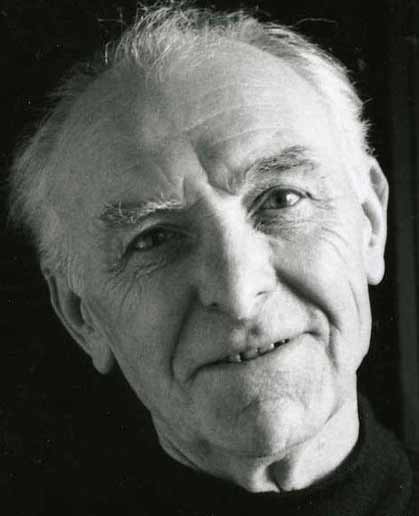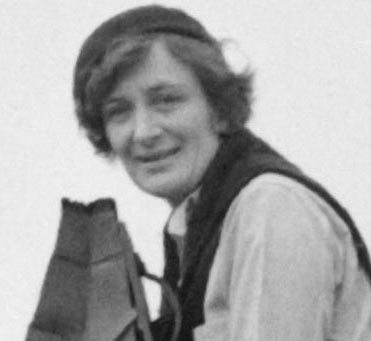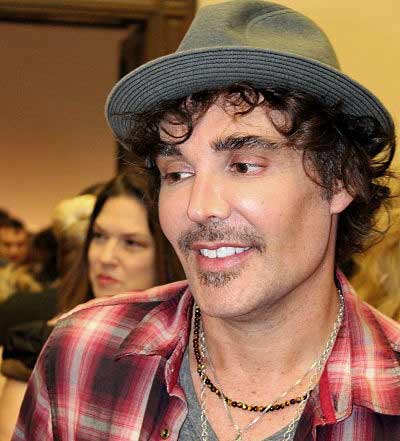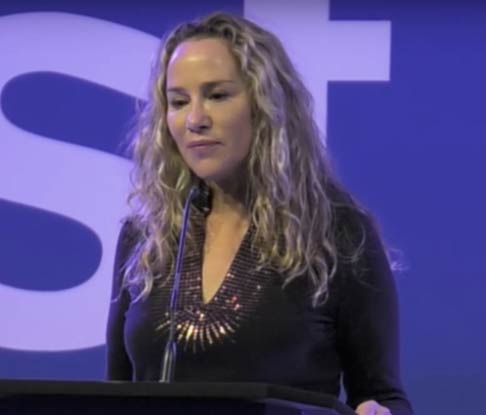| Name | Cynthia Morris Sherman |
| Born | January 19, 1954, Glen Ridge, New Jersey, U.S. |
| Nationality | American |
| Education | State University of New York (SUNY) at Buffalo |
| Known for | Photographic self-portraits |
| Notable Work | Untitled Film Stills, Untitled#96, Untitled#153, Complete Untitled Film Stills |
| Spouse | Michel Auder (m. 1984; div. 1999) |
| Awards | MacArthur Fellowship |
| Early Life | Youngest of five children; father worked for Grumman Aircraft; mother taught reading |
| Artistic Style | Photographic self-portraits; exploration of female roles in performance media |
| Career Beginnings | Majored in painting at Buffalo State University; transitioned to photography |
| Breakthrough Work | Untitled Film Stills, a series of 70 black-and-white photographs evoking female roles |





